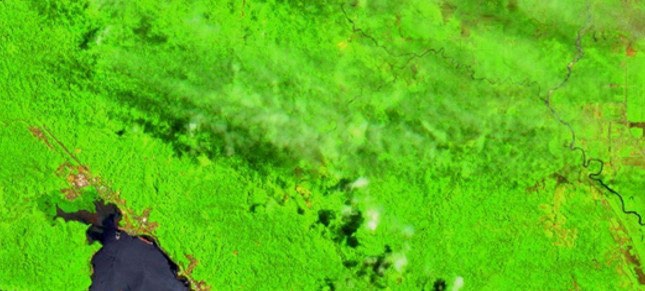Source:
Labbe, Nathan, 2021. Detecting Illegal Gold Mining Sites in the Amazon Forest. KTH Royal Institute of Technology
The master’s thesis “Detecting Illegal Gold Mining Sites in the Amazon Forest” (KTH Royal Institute of Technology, 2021) explores the use of advanced remote-sensing technologies combined with computer vision algorithms to identify and monitor illegal mining activity in dense tropical environments. The author integrates multispectral and radar satellite imagery with machine learning techniques to detect tell-tale signatures of mining, such as bare soil patches, sediment plumes, and vegetation loss along river corridors. The methodology aims to automate detection over vast and inaccessible areas, reducing dependence on costly and dangerous field inspections.
The study focuses on the Amazon Basin, with examples from hotspots in Peru, Colombia, and Brazil, where artisanal and small-scale gold mining often operates outside legal frameworks. By training algorithms to distinguish mining sites from other land-use changes, such as logging or natural riverbank erosion, the research addresses one of the core challenges in environmental monitoring: minimizing false positives while capturing a full picture of the mining footprint. The results demonstrate how automated detection can be integrated into government and NGO surveillance systems to generate timely alerts for enforcement actions.
This work holds broader importance because it links technological innovation to environmental governance and social license to operate issues. Effective monitoring can empower communities, Indigenous organizations, and civil society to hold both illegal actors and negligent authorities accountable. In contexts where extractive projects, legal or otherwise—face scrutiny from affected populations, access to reliable and independently verifiable data strengthens trust, supports transparent decision-

